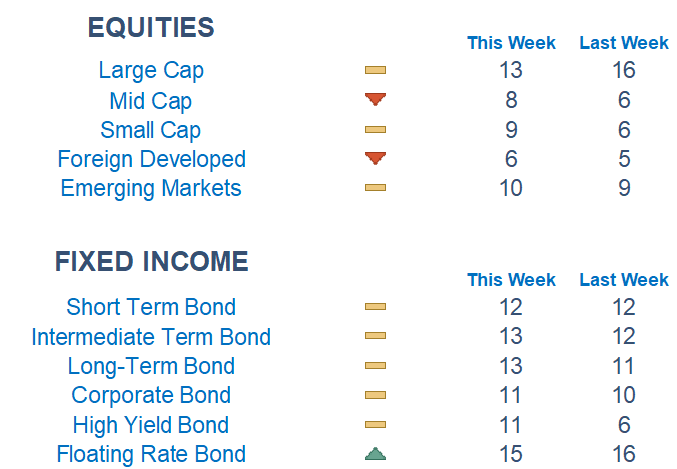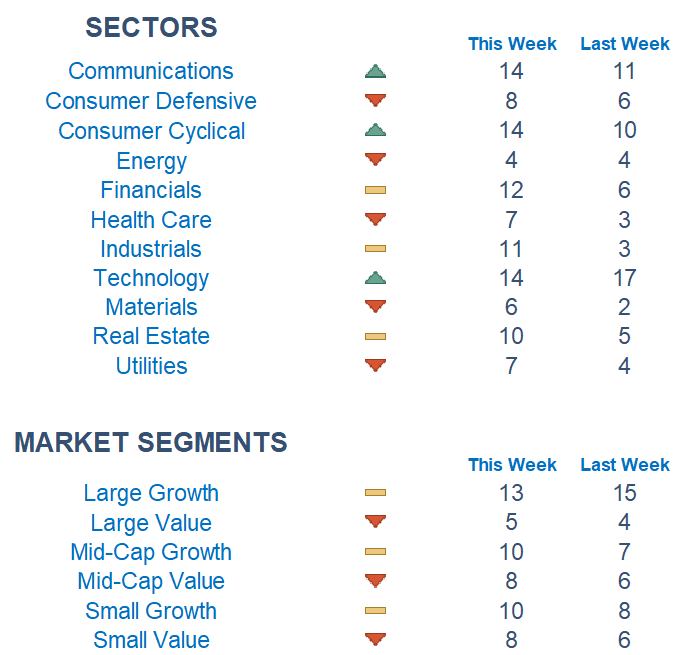Our model readings slipped on the dominant large-cap index level yet beaten-up areas of the market are showing positive rate of changes in their readings.

This Week on Wall Street - Week of June 5th
Market Commentary
Our model readings slipped on the dominant large-cap index level yet beaten-up areas of the market are showing positive rate of changes in their readings. By the end of the week, this rotation helped the S&P 500 past key resistance. Investors will be watching to see if it can hold.
Yesterday, Saudi Arabia announced it will make an extra 1 million barrel a day supply cut in July, marking the lowest level of production for several years. The rest of the week is slow on the news front ahead of the Fed's June 14th interest rate decision. It is likely that the Fed will use the skip approach to the meeting while keeping options open later for additional hikes.
Among sectors, the only areas grading out well are Technology, Consumer Discretionary, and Communications. Though they had a strong rally to close out the week; Energy and Materials are at the bottom of the pile. Picking names with relative strength within most sectors has remained the dominant and most effective strategy.

What is Newton?
Our Newton model attempts to determine the highest probability of future price direction by using advanced algorithmic and high-order mathematical techniques on the current market environment to identify trends in underlying security prices. The Newton model scores securities over multiple time periods on a scale of 0-20 with 0 being the worst and 20 being the best possible score. Trend & level both matter.

Economic Releases This Week
Monday: ISM Services, Factory Orders
Tuesday: None
Wednesday: US Trade Deficit, Consumer Credit
Thursday: Initial & Continuing Jobless Claims, Wholesale Inventories
Friday: None

Technical trading models are mathematically driven based upon historical data and trends of domestic and foreign market trading activity, including various industry and sector trading statistics within such markets. Technical trading models, through mathematical algorithms, attempt to identify when markets are likely to increase or decrease and identify appropriate entry and exit points. The primary risk of technical trading models is that historical trends and past performance cannot predict future trends and there is no assurance that the mathematical algorithms employed are designed properly, updated with new data, and can accurately predict future market, industry and sector performance.
